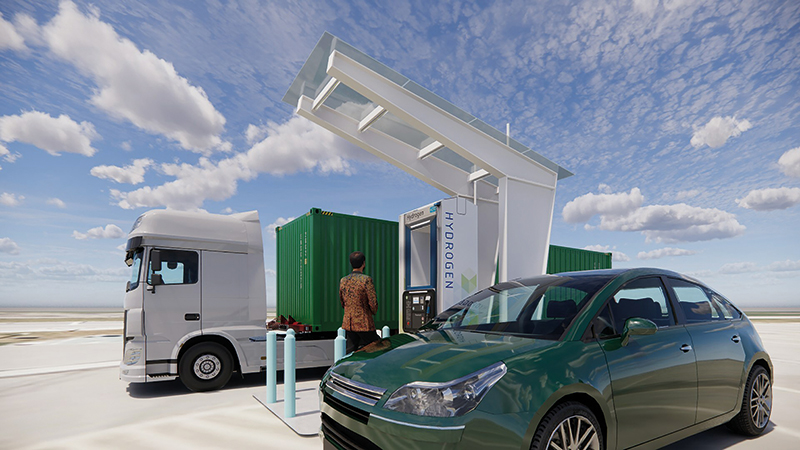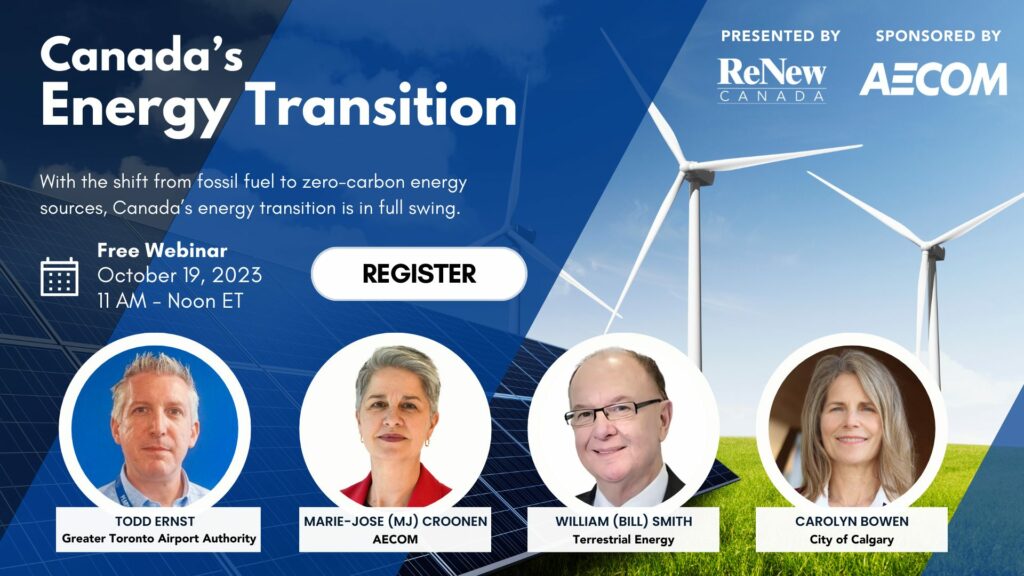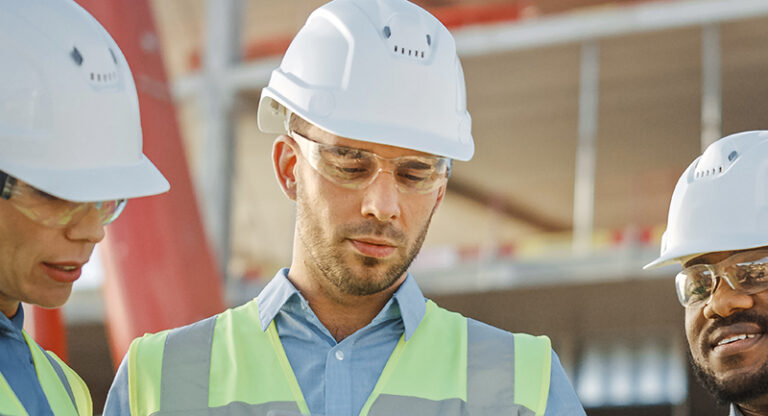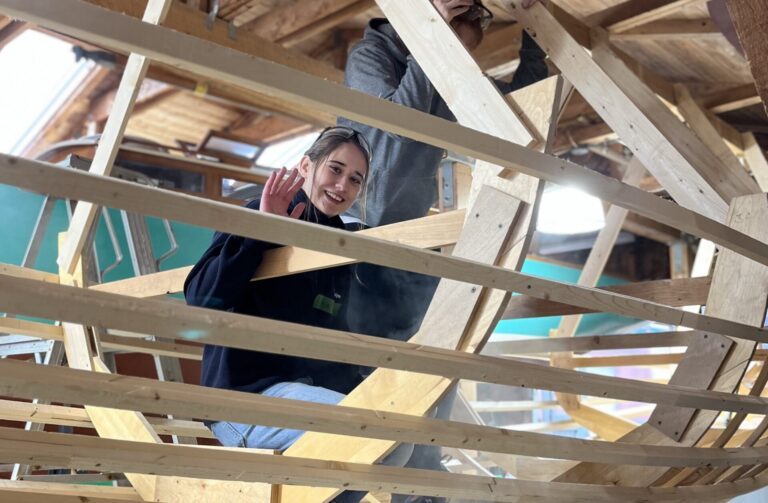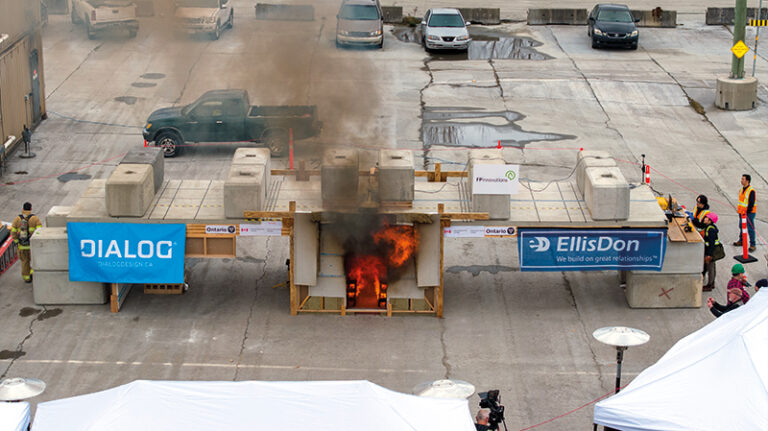With the shift from fossil fuel to zero-carbon energy sources, Canada’s energy transition is in full swing. But what does this mean for municipalities, construction firms, and transportation entities, and what are they doing to prepare for this transition?
Whatever path they’re on, infrastructure stakeholders are trying to close the gap between strategy and implementation.
During a recent ReNew Canada Webinar—with support from AECOM—a panel of experts discussed what the energy transition means to different organizations and what opportunities and challenges lay ahead as Canada attempts to meet its clean energy goals.
ReNew Canada: What does Canada’s energy transition mean for organizations, and what are they doing to prepare for this transition?
 Marie-Jose Croonen (AECOM): The energy transition is a component of our move towards reducing the effects of climate change, reducing energy use, and decarbonization. But another very important element is how it affects people and how can we make sure that we are more resilient as a community towards the effects of climate change. The energy transition is a piece, but it’s a very elemental piece, and we must make sure that we put that into the bigger context of decarbonization and resilience and overall, making sure that we will have a place for everybody to live.
Marie-Jose Croonen (AECOM): The energy transition is a component of our move towards reducing the effects of climate change, reducing energy use, and decarbonization. But another very important element is how it affects people and how can we make sure that we are more resilient as a community towards the effects of climate change. The energy transition is a piece, but it’s a very elemental piece, and we must make sure that we put that into the bigger context of decarbonization and resilience and overall, making sure that we will have a place for everybody to live.
 Todd Ernst (Greater Toronto Airport Authority): Everybody thinks of the energy transition to net zero or typically the easiest pathway to get there is to electrify everything. Well, what we’re finding and how we’re looking at the energy transition is in terms of the energy ecosystem and what our options are beyond just electrification to get there because there is no single magic bullet, and we have to look at multiple pathways to achieve that goal.
Todd Ernst (Greater Toronto Airport Authority): Everybody thinks of the energy transition to net zero or typically the easiest pathway to get there is to electrify everything. Well, what we’re finding and how we’re looking at the energy transition is in terms of the energy ecosystem and what our options are beyond just electrification to get there because there is no single magic bullet, and we have to look at multiple pathways to achieve that goal.
 Carolyn Bowen (City of Calgary): Calgary, of course, has a very strong energy sector. The energy industry has a net zero by 2050 target and looking for certainty from a policy/regulatory perspective, more investment into energy transition and mitigation approaches such as carbon capture and storage, etc. Organizations are preparing through supporting residents, diversify the economy by attracting innovation and cleantech sectors, upskilling and building capacity in the market for supporting a greener economy. In addition to supporting those actions, The City of Calgary (the municipal government), is developing programs for reducing greenhouse gas emissions, getting to net zero and building a climate resilient city. The city is focusing on climate action through land use planning and city building, buildings, transportation, energy supply, natural infrastructure and education and outreach.
Carolyn Bowen (City of Calgary): Calgary, of course, has a very strong energy sector. The energy industry has a net zero by 2050 target and looking for certainty from a policy/regulatory perspective, more investment into energy transition and mitigation approaches such as carbon capture and storage, etc. Organizations are preparing through supporting residents, diversify the economy by attracting innovation and cleantech sectors, upskilling and building capacity in the market for supporting a greener economy. In addition to supporting those actions, The City of Calgary (the municipal government), is developing programs for reducing greenhouse gas emissions, getting to net zero and building a climate resilient city. The city is focusing on climate action through land use planning and city building, buildings, transportation, energy supply, natural infrastructure and education and outreach.
 William Smith (Terrestrial Energy): I would define it a little bit more precisely perhaps as an alternative to fossil fuel combustion, not alternative to fossil fuels. Fossil fuels play too much of an important role in everyday products and services that we consume. So, in our case, it’s where is combustion taking place, how then can we contribute our zero-emission technology to displacing combustion, maybe that fuel can be sold elsewhere in the world at an economic advantage to Canada in this case.
William Smith (Terrestrial Energy): I would define it a little bit more precisely perhaps as an alternative to fossil fuel combustion, not alternative to fossil fuels. Fossil fuels play too much of an important role in everyday products and services that we consume. So, in our case, it’s where is combustion taking place, how then can we contribute our zero-emission technology to displacing combustion, maybe that fuel can be sold elsewhere in the world at an economic advantage to Canada in this case.
Watch a replay of the entire discussion
ReNew Canada: What are some of the biggest factors and drivers accelerating the energy transition?
Bowen: I think one of the most important things is the policy and regulatory forces that need to drive change. Accelerated implementation of regulations in energy transition and the corresponding funding that’s going to be needed for the implementation from all orders of government and private investment is a driver. Accelerating and increasing investment into the energy transition, requires a certain degree of certainty with investors. Residents and market demand are also driving the energy transition. In Calgary, energy affordability has risen as a key factor.
Smtih: Our customers are genuinely interested to continue to create value for their assets and they see less value in the emissions than they used to. That gives us an opportunity, of course, to step in. And that is in return attracting private capital where it probably hadn’t gone before. It’s important to tell folks that private capital, which is market disciplined, is looking at investments in the transition in a perhaps different way than it did a decade ago.
Ernst: Extreme weather events are much more frequent, which can cause power disruptions. And having sufficient resiliency in the power supply is important. So, we need to plan our power requirements accordingly. From a government policy incentive perspective, the GTAA benefited greatly from some of the energy incentives that were offered over the years.
Back in 2011, our initial GHG goal was to be 20 per cent below the 2006 baseline by 2020. And we leveraged the Ontario Save on Energy program quite a bit to go after GHGs associated with electricity through energy conservation. And that, combined with the cleaning of the grid here in Ontario, we finished 2020 more than 60 per cent below the 2006 baseline, and that was largely driven by government policy to shut coal plants and by incentives that helped us to improve our energy efficiency.
Croonen: Regulations are going to be foundational for a lot of the solutions that we can provide on a larger scale. A lot of my work has focused on resiliency. While developing resilience strategies one of the key elements was one of the big unknowns—what is it going to cost us when we don’t do anything? We rarely monetize the risk of not doing anything, i.e. what are the future avoided costs? With what we’re deciding today, with what we’re implementing today, what is that going to save us in capital and operational costs 20-30 years from now? If we consider future climate change or resilience effects now, we can extend the lifespan of critical infrastructure and provide continuity and reliable assets to our clients and citizens.
ReNew Canada: What are some of the opportunities and the challenges involved in the energy transition?
Ernst: One challenge is around new emerging alternative fuels like hydrogen. It’s the chicken and the egg between supply and demand and trying to keep those balanced in the early stages so that folks are comfortable with bringing new assets online, whether it’s on the demand or the supply side. The GTAA was a very early adopter of EV chargers and in the very, very early days, we built it, and it didn’t come right away, it took a little while, but now people are begging for more EV chargers, and it has actually benefited us to the point where we need to pick up the pace again. So, I anticipate similar is going to happen with things like hydrogen and sustainable aviation fuels.
Croonen: We need to understand where everyone is on this energy transition journey. At AECOM we recently surveyed our client base and that’s helped us learn from different industries and geographies, as we collaborate, and break down boundaries we start to think about the energy transition as something that concerns everybody. So, if it is a joint issue, we’re going to engage more brain power and more people with diverging perspectives and hopefully come up with a future solution that’s going to work. But it’s a process, and we can’t be insular about this issue. We must go outside of our own boundaries and collaborate and focus on what climate change is doing to our society and to people in the long run.
Smtih: I’d like to pick up on alternative fuels. We use hydrogen as the example. Today, we produce lots of hydrogen by burning natural gas to produce heat and we break natural gas into its constituents so we can have some hydrogen. We could do better if we want hydrogen. Of course, there’s the whole issue of how we distribute it. And our system can, in high temperature, steam electrolysis deliver hydrogen without burning it so we can sell it. Alternative fuels is a real opportunity for Canada and for the rest of the world. Looking at a way we locate systems that are bigger energy users is important and an opportunity. For example, perhaps Todd and the GTAA want to put a data centre on site and sell power to them because these data centres are getting enormous and the demand for clean power is unbelievable.
Bowen: I think there is an amazing world of opportunities along with many challenges in the energy transition. In Calgary we’ve had our largest growth ever in the last year and we’re anticipating more growth year over year possibly reaching two million by 2040. This forecasted growth can be an opportunity and a challenge. I think opportunities for that economic development, creating a resilient economy, bringing new skills, new people, and building a sustainable economy through collaboration, connections, and learning from each other and working in a totally different way than we have been in the past. Some of the challenges include accommodating a growing city and an increasing population with housing and infrastructure while reducing emissions and climate risk, alignment of policy and regulatory measures with all orders of government and the energy transition not keeping pace with the growing urgency for change.
John Tenpenny is the Editor of ReNew Canada.
[This article originally appeared in the January/February 2024 edition of ReNew Canada]
Featured image: The Greater Toronto Airport Authority and Carlsun Energy announced Ontario’s first public hydrogen refuelling station, enabled by a $1-million federal investment from Natural Resouces Canada. (GTAA)

